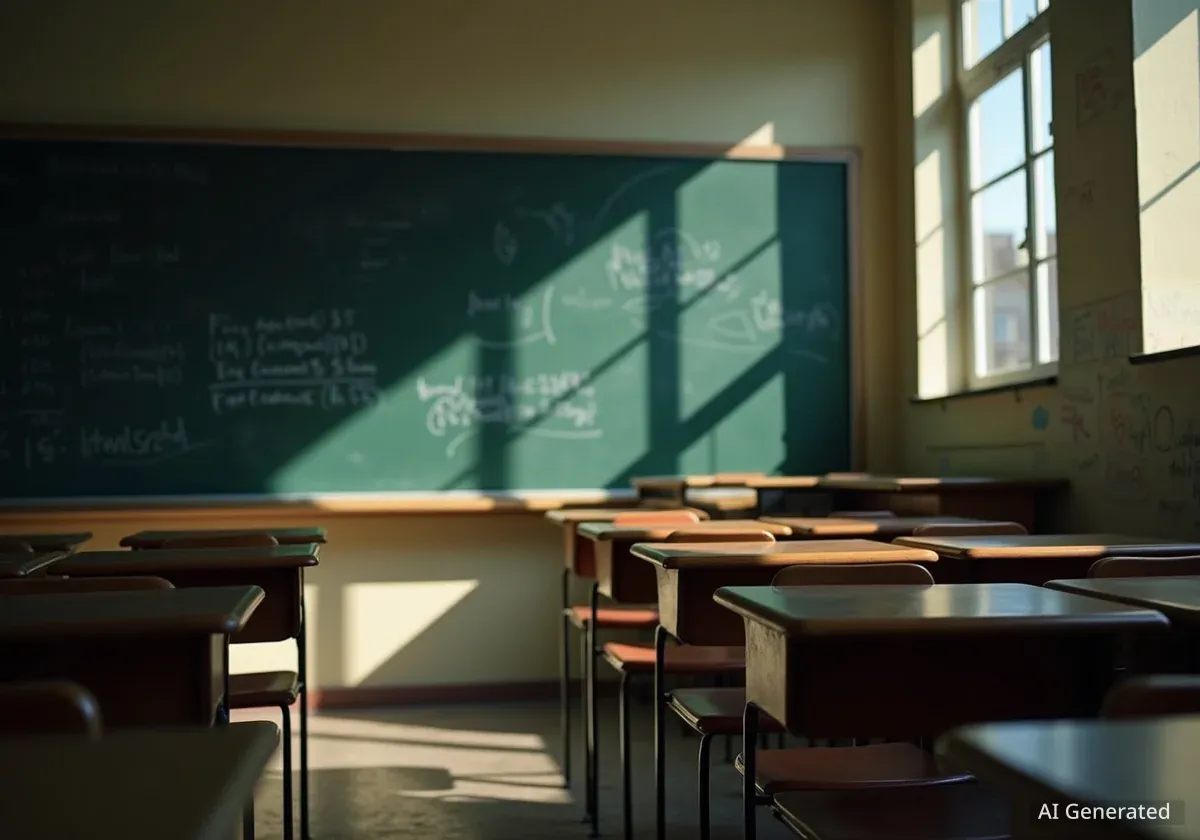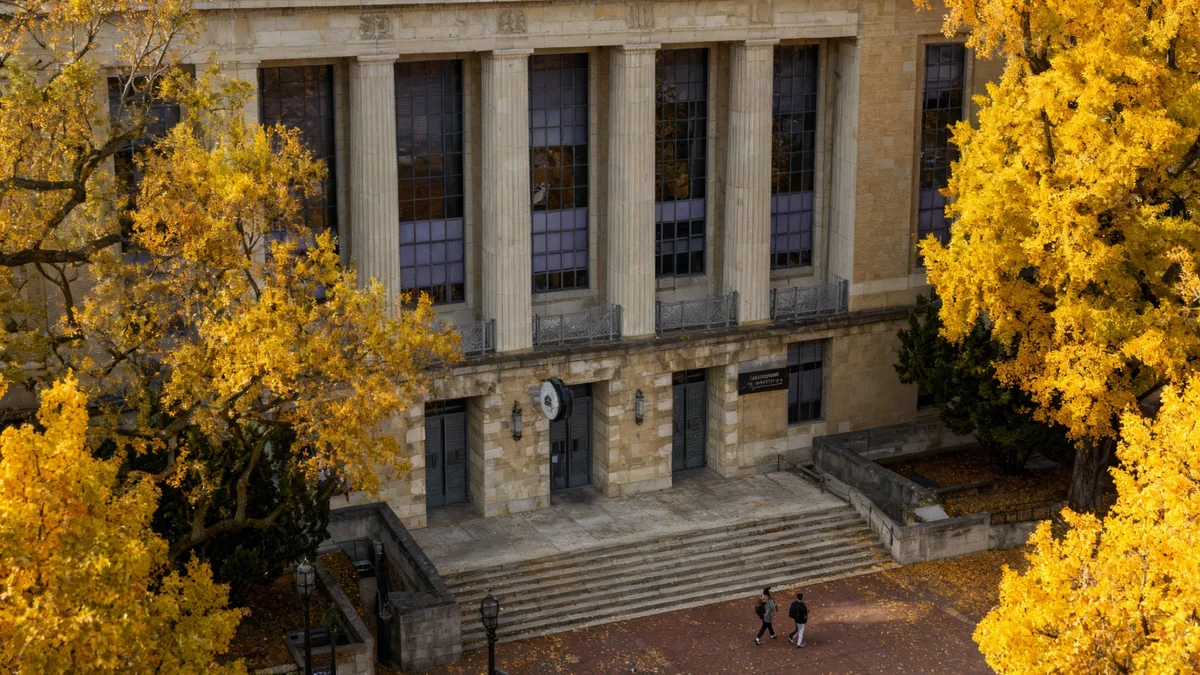The Phoenix Union High School District (PXU), one of Arizona's largest secondary education systems, has announced plans to reduce its workforce over the next two academic years. The decision comes as the district grapples with a projected budget shortfall of approximately $35 million, a direct result of a significant and sustained decline in student enrollment.
In a communication to employees, district leadership outlined the financial challenges, which will necessitate cutting about 6% of its workforce. This move follows a drop of roughly 3,000 students over the past two years, impacting the state funding the district receives.
Key Takeaways
- Phoenix Union High School District faces a projected $35 million budget deficit over the next two school years.
- The district plans to cut its budget by $20 million next year and an additional $15 million the following year.
- Enrollment has dropped by approximately 3,000 students since 2022, representing a 10% decrease.
- About 6% of the district's workforce, which numbers around 3,000 employees, will be affected by the cuts.
The Financial Reality of Declining Enrollment
The district's financial situation is directly tied to its student count. In Arizona, public school funding is allocated on a per-student basis. The loss of 1,800 students this school year, combined with a 1,200-student decrease last year, has created a substantial revenue gap that the district must now address.
Superintendent Thea Andrade informed staff that the district will implement a reduction-in-force (RIF) process to manage the staff cuts. This is not the first step the district has taken to control costs. Over the last two years, PXU has already trimmed its budget by $14 million through measures like eliminating vacant positions and capitalizing on natural attrition.
By the Numbers
- Total Deficit: ~$35 million over two years
- Student Decline (2 years): ~3,000 students
- Workforce Reduction: ~6%
- Budget Allocation: 90% of the annual budget is for employee salaries and benefits.
However, with 90% of the district's annual budget dedicated to employee salaries and benefits, further reductions in spending require a direct impact on staffing levels. The administration plans to present a detailed list of positions slated for elimination to the school board in December.
Understanding the Causes of Student Decline
The shrinking student body at PXU is not an isolated issue but reflects broader demographic and economic trends affecting the Phoenix area and school districts across the state. District officials have identified several key factors contributing to the decline.
Demographic and Economic Pressures
A primary driver is a lower birth rate, a trend observed nationally that results in smaller cohorts of students entering the school system. This is compounded by a lack of affordable housing within the district's boundaries, which can push families to seek more affordable living situations in other areas.
In a video message to staff, Superintendent Andrade addressed the unavoidable nature of the situation.
"This reality, coupled with declining enrollment trends in our partner elementary districts and the population forecasting from our demographic study, forces us to act now," Andrade stated.
The message underscores that the enrollment decline is not a temporary dip but a projected long-term trend based on demographic data from feeder elementary school districts.
A Statewide Challenge
Phoenix Union is not alone in facing these challenges. Mesa Public Schools, Arizona's largest school district, has also been cutting staff positions for the past two years due to similar enrollment and funding pressures. Some districts in the Valley have been forced to close schools entirely or are currently in discussions to do so, highlighting a systemic issue in public education funding and demographic shifts.
The Impact of School Choice
Another significant factor is the expansion of school choice programs in Arizona. These programs provide families with public funds to pursue educational options outside the traditional public school system, including private and charter schools. As more families opt for these alternatives, enrollment in traditional districts like PXU decreases, leading to a corresponding loss in state funding.
The Path Forward for Phoenix Union
The district's leadership is now focused on navigating the difficult process of staff reductions while aiming to minimize the impact on student education. The RIF process will be a central part of this strategy over the coming months.
Implementing the Reduction-in-Force
The RIF process is a formal procedure used by organizations, including school districts, to reduce their workforce in a structured way. The specifics of which positions will be cut are still being determined. The district's administration is expected to finalize its recommendations and present them for school board approval in December.
The planned cuts are significant. The first phase will address the $20 million shortfall projected for the next school year, with the remaining $15 million to be cut the year after. This phased approach is intended to manage the transition and allow for strategic adjustments over the two-year period.
For the approximately 3,000 employees of the Phoenix Union High School District, the announcement marks the beginning of an uncertain period. The coming weeks will be critical as the administration finalizes its plans and communicates the specific impacts to its dedicated teachers and support staff.





